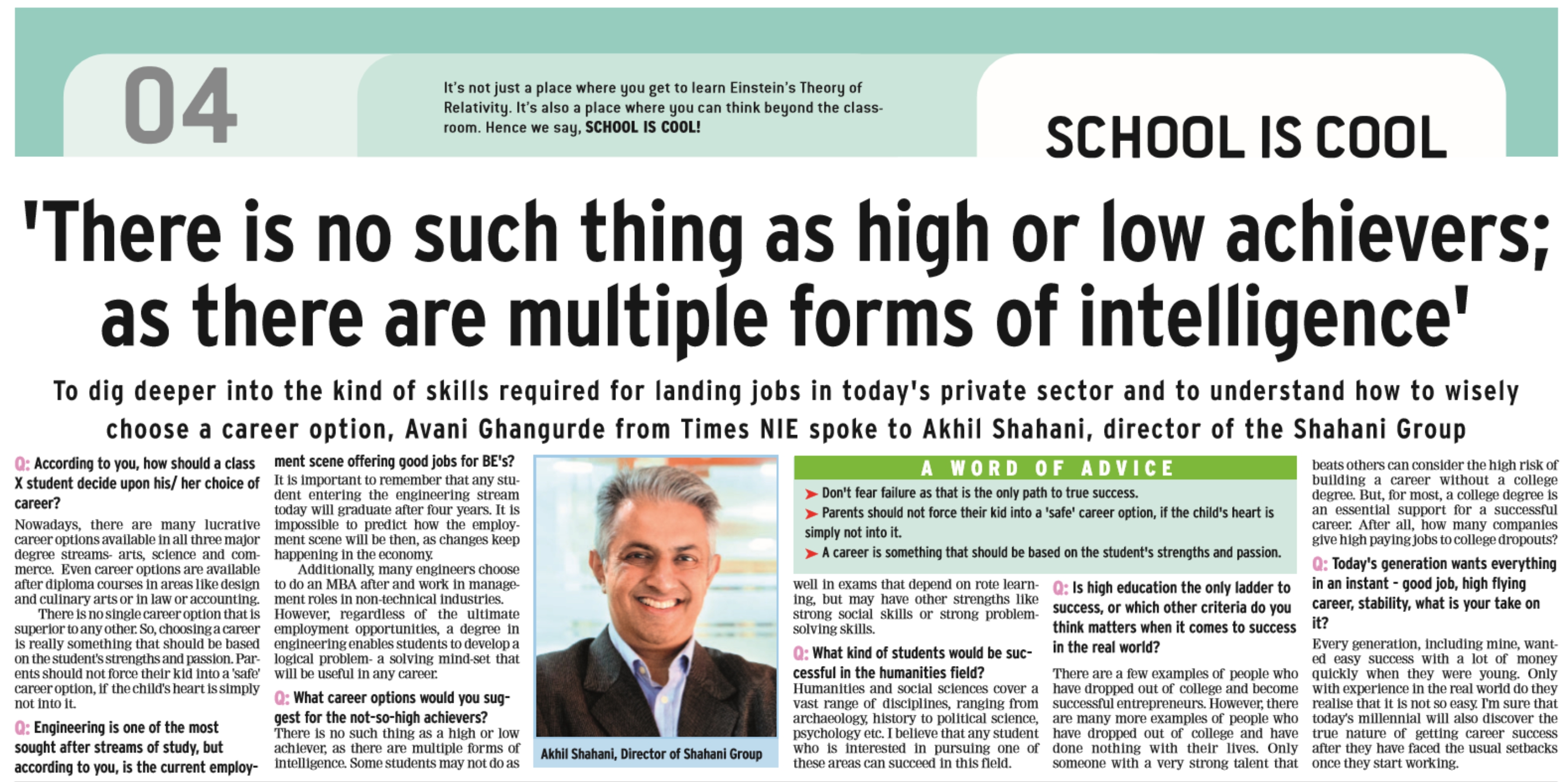The Indian School of the Future

India has the world’s largest K12 market with 260 million children between the ages of 5 to 17 years enrolled in 1.5 million schools. However, this sector is plagued with issues like government over-regulation, under trained teachers and poor infrastructure. The country itself is growing rapidly and there will be a huge requirement for educated workers to fullfill the needs of industry over the next couple of decades. Additionally, the skill sets needed for tomorrow’s workforce will be very different from what was needed in the last century. The list of skills required for the 21 st century include capabilities like:
- Productivity
- Leadership
- Technology literacy
- Information literacy
- Collaboration
- Critical thinking
- Creativity
- Communication
- Media literacy
- Flexibility
- Initiative
- Social skills
This means that schools need to shift away from the old exam driven rote learning model which only developed memorization and compliance to enable their students to develop these much-needed skills. Some of the aspects that the Indian school of the future needs to develop are:
1. Provide personalised learning for each child
Each child is unique and has different interests and learning styles. Focusing on them will help hone their talent and make them strong individuals. Hence schools should start shifting their focus towards personalising education for each child.
2. Integrate various subjects to provide a holistic view of the world
Subjects cannot be taught in isolation any more. Schools need to move the focus to integrating subjects. For E.g. While teaching Charlie and the Chocolate Factory in English language children can be taught maths, business etc. Teachers need to get innovative with their teaching methods.
3. Make education interactive
Teaching young brains is an art, children retain more when learning is fun and stress free. A crucial element in learning is that children should not be told that their way of thinking is wrong, instead encourage them to build on insights in a positive way.
4. Make full use of technology in lessons
Virtual Reality immerses the user in a virtual or imaginary environment. Immersive educational environments are already being used to provide learners with a life-like experience in subjects as diverse as history and chemistry. Thus, enhancing the virtual learning experience, right from learning Shakespeare or the French revolution in what our classrooms need. Other technology like mobile apps, tablets and smart boards can be used more widely.
5. Educating through games
Gamification in Learning is another technological advancement to look out for. Children learn various concepts with the help of games. Instead of traditional rote learning, using video games and incorporating other game elements in education can motivate students to understand better and do well in their exams. As opposed to the traditional classroom learning set up, gamification cuts down boredom and increases their attention span.
6. Assessments being done remotely
With the advancements in technology, today remote classrooms and assessments is another space to explore. Students can sit in India and attend a class in a university or school in
United States.
7. Scaling up quality through franchising
Quality education is the need of the hour. We need to take schools far and wide in the country or across borders to increase our literacy levels and Franchising is one alternative to achieve that. Private players are now stepping into this space to multiply opportunities for growth.
Parents, teachers and school administrators all have a common interest seeing their children grow up to be successful. Only be aligning their efforts can schools make the changes to ensure that these kids do!

